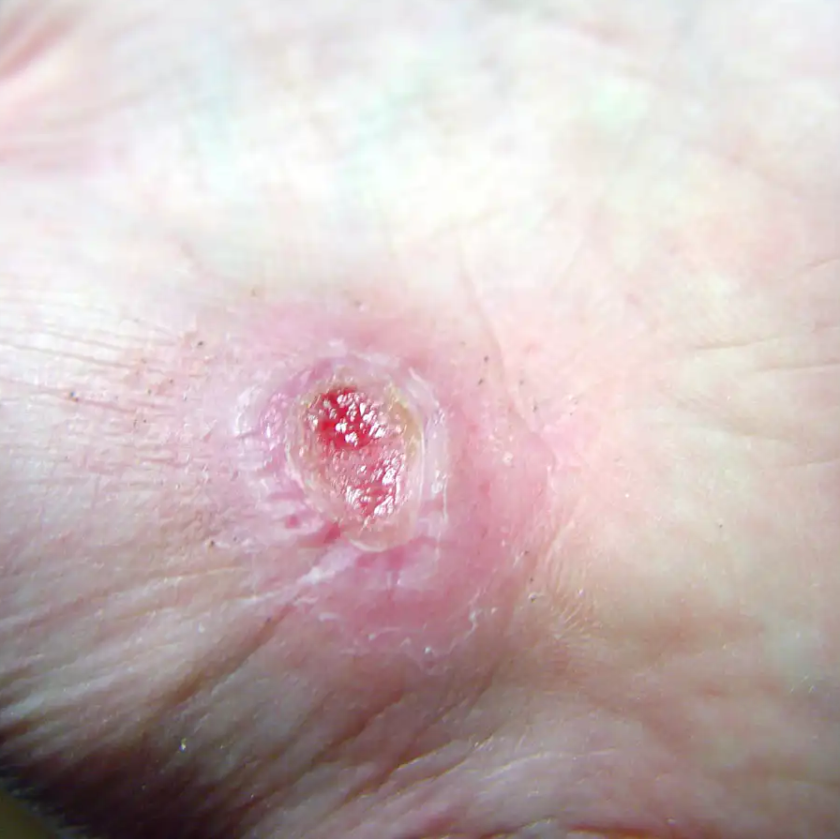Bandages are intended to keep a dressing secure and clean in order to reduce healing time and infection rate. However, they may be about to get a new use-case, courtesy of a project from the United Kingdom’s Swansea University Institute of Life Science.
What researchers there have been working on is a new smart bandage capable of tracking how a wound is healing and sending that data back to doctors, via 5G technology. To do this it would employ tiny “nanosensors” able to fit comfortably within the fabric of regular bandages.
The resulting smart bandage would allow doctors and caregivers to know exactly at which stage in the recovery process a wound is, thereby allowing them to tailor their treatment more accurately for the patient.
“Chronic wound management is an initial focus for development, and early application as it is a major challenge for health systems,” Marc Clement, chairman of the Institute of Life Science, told Digital Trends. “Supporting this management outside of the hospital setting. Increasing rates of diabetes and other contributory factors compound this need.”
Unfortunately, Clement wouldn’t spill more details about how exactly the tech works, since the smart bandage concept integrates a number of commercially sensitive technologies its investors are hoping to protect for commercial purposes.
However, the hope is that this technology will be able to be trialed as soon as the next 12 months. “The next stage of research involves integration of the concept into clinical applications [and] pathways, and testing of core technologies,” Clement continued. This work will reportedly involve experts from the Welsh Wound Innovation Centre.
There’s no word on exactly when smart bandages might be available to the general public, but Swansea University is clear about its focus on being at the forefront of the intersection between technology and healthcare. In June this year, it will host a one-day symposium on “Digital Futures in health and well-being,” questioning whether public services can survive without embracing smart technology.







